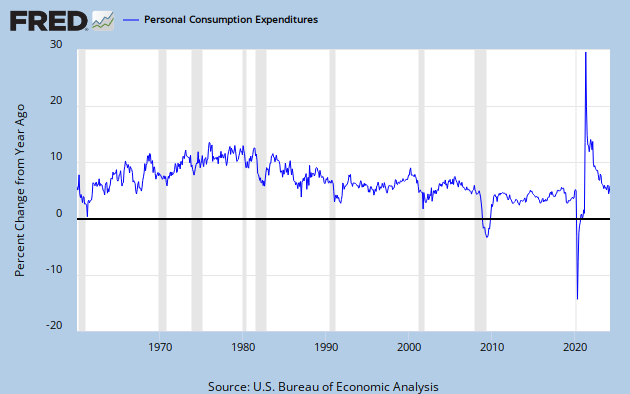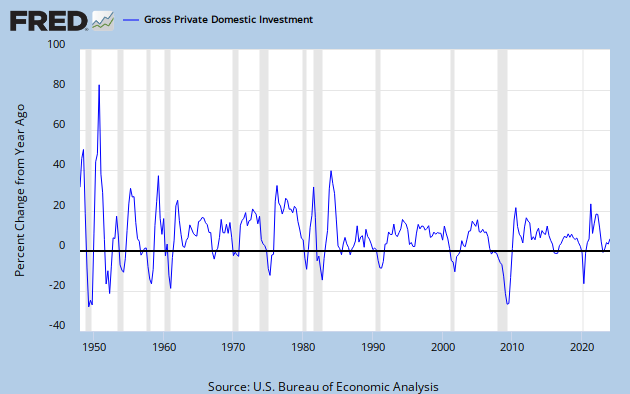LiberalNut
Member
- Oct 22, 2010
- 741
- 49
- 16
It should be self-evident after one of the greatest asset bubbles of all time that we have built too many homes.
::sigh::
You can't talk macro-economics and then shift directly to one product. There can't be OVERALL overproduction in the economy. But, even in micro-economics, one could argue that there are not in fact too many homes. The problem is that not enough people can afford to buy homes.
The rest of your post is similar garbling of micro and macro-economic concepts.
::sigh::
You can't talk macro-economics and then shift directly to one product. There can't be OVERALL overproduction in the economy. But, even in micro-economics, one could argue that there are not in fact too many homes. The problem is that not enough people can afford to buy homes.
The rest of your post is similar garbling of micro and macro-economic concepts.


